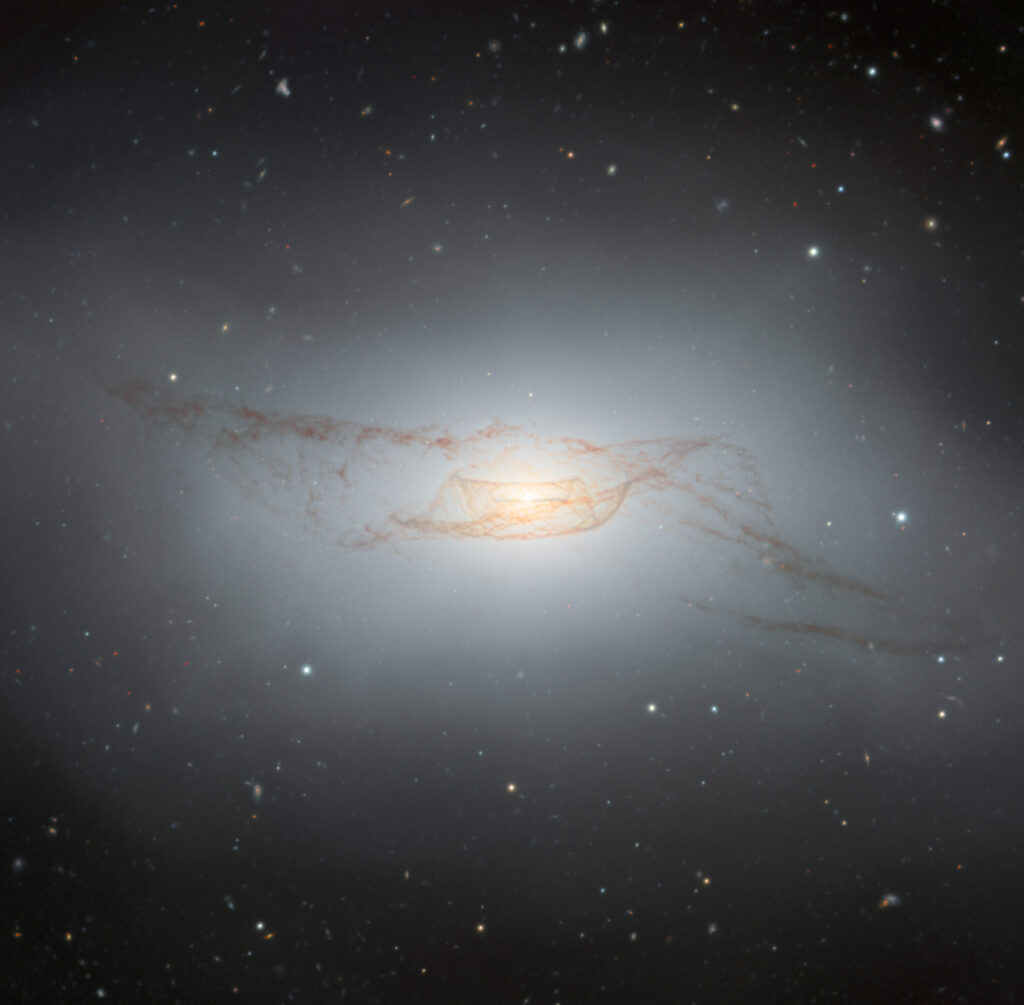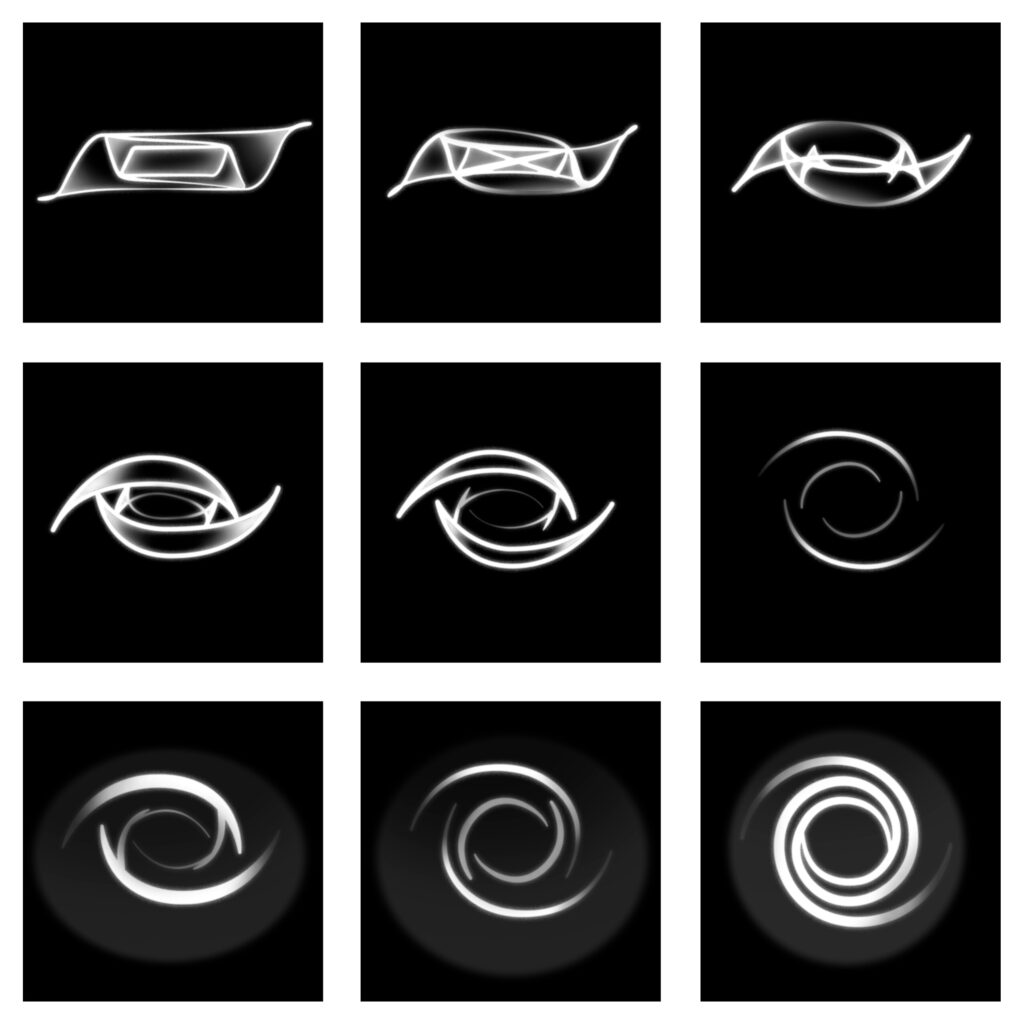Astronomers working on the Gemini South Telescope have published an amazing image of the galaxy NGC 4753. It has attracted attention due to the complex network of dust bands that “wrap around” its core. According to scientists, this is the result of a merger with a nearby dwarf galaxy.

According to some estimates, there are between 100 billion and 2 trillion galaxies in the observable universe. And, like snowflakes, no two of them are exactly the same. But depending on their appearance and physical characteristics, they can be divided into four main classes: elliptical, lenticular, irregular and spiral, with many subclasses between them. But do not forget that galaxies are dynamic objects that change over time. So during their existence, they can change their classification several times.
This is what happened with NGC 4753, which is located at a distance of 60 million light-years from Earth. It used to be an ordinary lenticular galaxy, but then it moved to a more specific class.
The Gemini South photo clearly demonstrates the wide dust bands that swirl around the core of NGC 4753. They were left after the events that occurred about 1.3 billion years ago. Then NGC 4753 swallowed up a gas-rich dwarf galaxy. The collision and the resulting burst of star formation brought a huge amount of dust into the system. Subsequently, they turned into dust bands.

According to the researchers, a phenomenon known as differential precession is responsible for the formation of dust bands in NGC 4753. Precession occurs when the axis of rotation of an object changes orientation, like a rotating vertex that wobbles, losing momentum. The precession rate varies depending on the radius. In the case of a dusty accretion disk orbiting the galactic core, the precession rate increases towards the center and decreases towards the edges. This variable, oscillation-like motion is the result of the angle at which NGC 4753 and the dwarf galaxy collided, and the cause of the highly swirling dust bands that we see today around the luminous core of the galaxy.
Earlier, we talked about how James Webb accidentally discovered an “impossible” dwarf galaxy.
According to https://noirlab.edu
Follow us on Twitter to get the most interesting space news in time
https://twitter.com/ust_magazine


